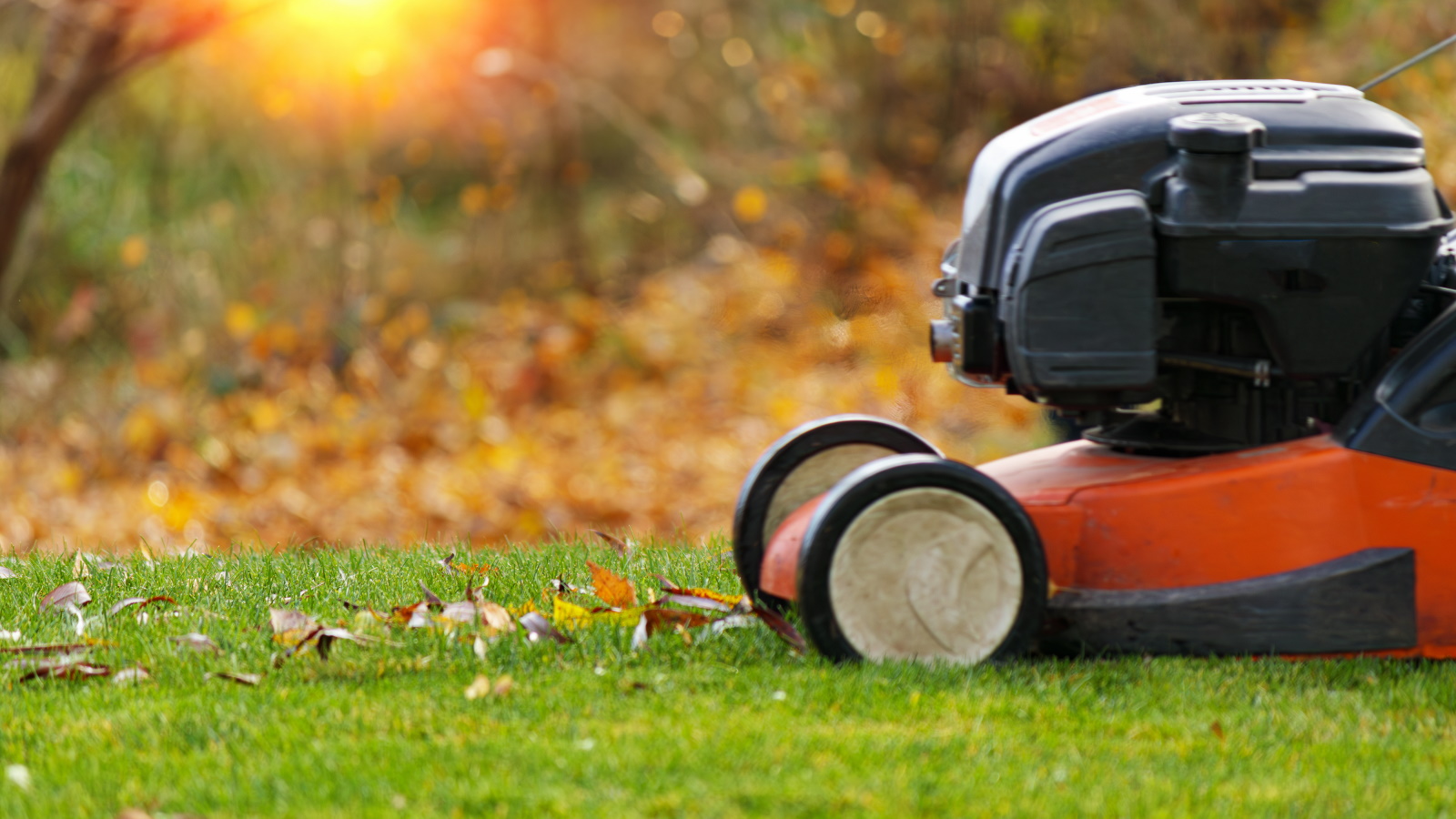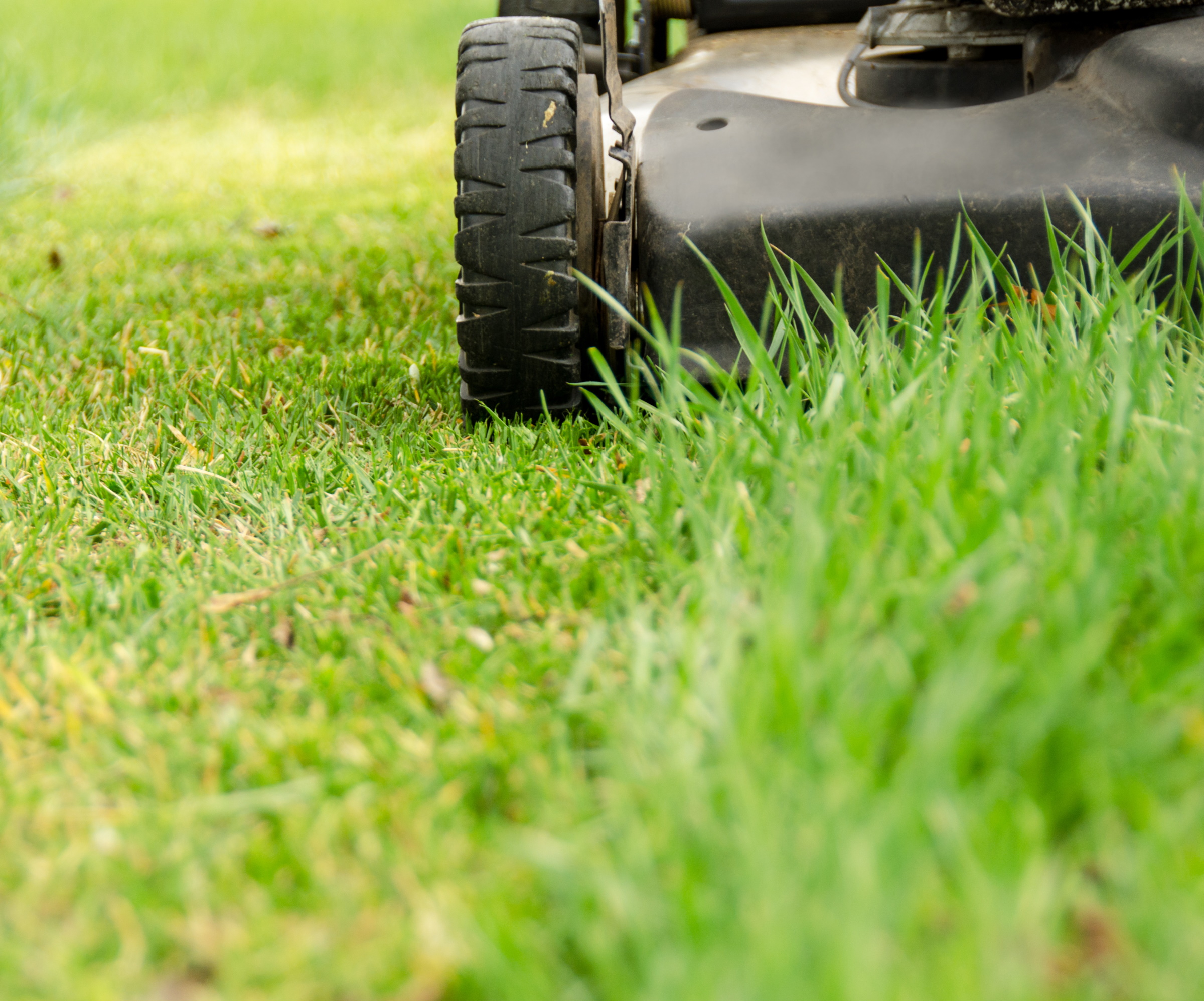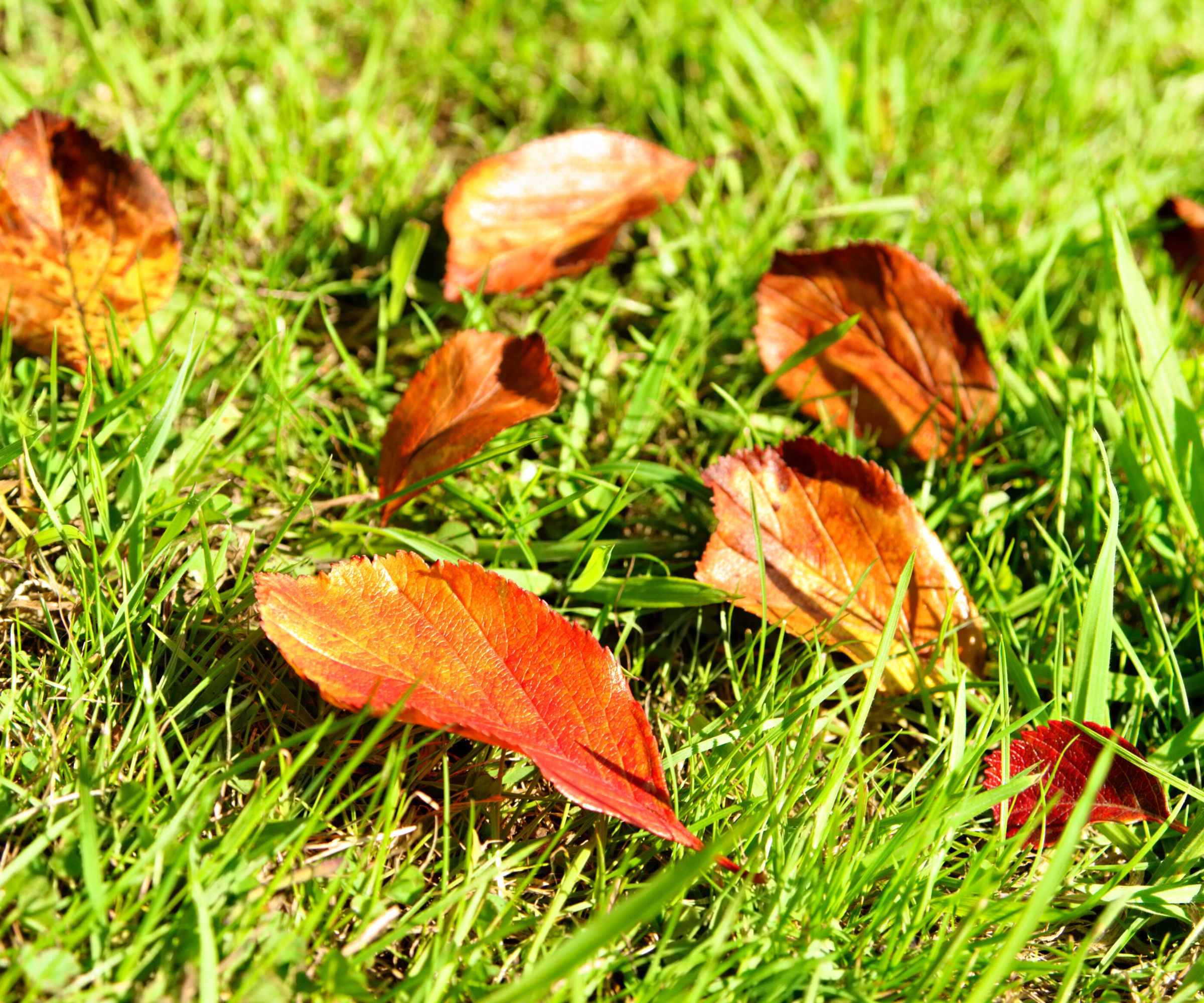When should you stop mowing your lawn in the fall? Here's why getting the time right is key to keeping your grass healthy
Experts say that you should stop cutting your grass in fall to encourage healthy growth in the next season


As the air starts to feel cooler and we watch out backyards change with the season, many gardeners will be looking to put their mowers away for the year and take a break from constant lawn care – especially those who live in cooler climates. But it can be difficult to know when exactly to stop mowing your lawn in the fall.
Unfortunately for those looking for a well-earned rest from garden care, fall lawn care is one of the most important end-of-year tasks that should not be avoided if you want lush grass in the new year – and this includes mowing your lawn in fall. In fact, choosing to stop mowing your lawn too early is a common lawn care mistake that could have disastrous results for your grass' growth next year.
Here, experts explain when you should stop mowing your lawn in the fall so you can get the timing right no matter where you live.
When should I stop mowing my lawn in the fall?

Along with understanding when to stop watering a lawn in fall, knowing when to stop mowing your lawn in the fall can have a direct impact on your grass growth the following year. The exact time to stop mowing will depend on your US hardiness zone and local climate, as well as the type of grass you have. However, there are a few ways to test if it's time to put your lawn mower away.
Soil Temperature: You need to determine whether you have cool-season grass or warm-season grass to figure out when to stop mowing. 'If it is a cool-grass growing season you should stop at around 45°F. For warm seasonal grass the temperatures will be around 50-55°F,' says Kody J. Ketterling, landscape and lawn care expert. 'At these temps your grasses start to go dormant for the winter and when they go dormant you do not want to be mowing or working the grass when it is going to sleep for the winter you can damage your lawn and the root system if you keep mowing the grass,' he adds. You can use this soil thermometer from Amazon to accurately test the temperature of your soil, no matter which soil type you have.
Local Frosts: Another thing to look out for is the first frost of the season. 'You do not want to mow your lawn during frost as you will do damage to the grass itself,' says Kody. 'When there is frost you have frozen grass leaves and they are brittle. You actually can break and tear the grass from its roots. which will damage the internal structure of the grass,' he adds. This can actually result in killing your grass and you may find yourself having to repair patches in grass by the time spring and summer come around. It's best to keep note of when to expect frost in your local area and give your lawn a final mow before winter.
As a general rule of thumb, you should look to wind down your mowing between October and November. As the weather becomes cooler and often wetter, mow your lawn to approximately two to two-and-a-half inches and maintain this height until growth stops. Investing in one of the best lawn mowers will help you to get the most accurate cut.
Design expertise in your inbox – from inspiring decorating ideas and beautiful celebrity homes to practical gardening advice and shopping round-ups.

Founder of K-IT Products, Kody J Ketterling has run his own landscaping maintenance business for more than a decade. He is an expert in lawn care and maintenance, water conservation, gardening, water features and landscape design.
Why you should continue to mow your lawn in fall

Even though it's best to stop giving your lawn a full mow as frosty temperatures kick in, there are multiple benefits to trimming your lawn right back at the end of the fall season – from helping with dethatching a lawn to making a lawn look green and thick in the next season.
'Regular mowing also prevents grass from becoming too long and matted, which can trap moisture and promote fungal diseases,' notes Ben McInerney, tree and lawn care expert.
It is important to get the final cut of the year right, however, if you wish to avoid causing irreversible damage to your grass. Cutting your lawn too short or, conversely, leaving your grass too long can leave your otherwise perfectly manicured lawn susceptible to a wide range of winter diseases.
Mowing your grass too short in fall, however, can lead to a weaker plant. Grass that is too short during dormancy will not be able to provide enough energy to survive frosts or produce growth as easily the following spring as it struggles to photosynthesize. The result may be patchy, uneven grass growth with spaces left for moss or weeds that may prove difficult to get rid of.
'Mulching fallen leaves during mowing also returns valuable organic matter and nutrients to the soil. I've observed up to a 15% reduction in fertilizer needs the following spring in lawns where this practice was implemented,' he adds.
If your lawn falls victim to patches it is also worth learning what is overseeding and how to fertilize a lawn to help restore your lawn in the fall months.
Find the right mower to get your lawn in top condition for fall among these lawn mowers from Walmart.

Ben McInerney is a qualified arborist with over 20 years of industry experience running a commercial lawn mowing and tree services business. He is the founder of GoTreeQuotes, a website that specialises in helping property owners find the best deals on tree removal and trimming.
FAQs
Is it okay to cut grass in December?
It may be okay to mow your lawn in December if you live in a climate warm enough for it to continue growing. If you live in a cold climate and your grass is dormant, avoid cutting your grass until the weather begins to warm up again to avoid causing damage.
Is it better to leave you lawn long or short for winter?
You should aim to cut your lawn on the shorter side in the winter as leaving your grass too long could leave your grass susceptible to disease. However, leaving your grass too short in cold weather could cause stress leading to damage to roots or leaves. Trim your grass to approximately two to two-and-a-half inches to avoid irreversible damage.
Key signs to look out for when deciding when to stop mowing your lawn in fall is dropping temperatures and early frost. Mowing during cold climates can risk breaking and killing your grass.
As you tie things up in your yard for colder months, make sure to also pay attention to other items on your fall gardening checklist.

Tenielle is a Gardens Content Editor at Homes & Gardens. She holds a qualification in MA Magazine Journalism and has over six years of journalistic experience. Before coming to Homes & Gardens, Tenielle was in the editorial department at the Royal Horticultural Society and worked on The Garden magazine. As our in-house houseplant expert, Tenielle writes on a range of solutions to houseplant problems, as well as other 'how to' guides, inspiring garden projects, and the latest gardening news. When she isn't writing, Tenielle can be found propagating her ever-growing collection of indoor plants, helping others overcome common houseplant pests and diseases, volunteering at a local gardening club, and attending gardening workshops, like a composting masterclass.